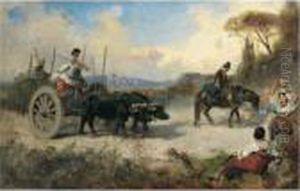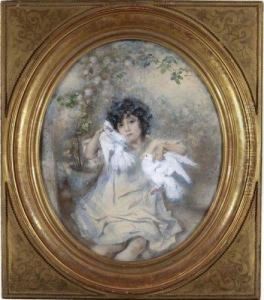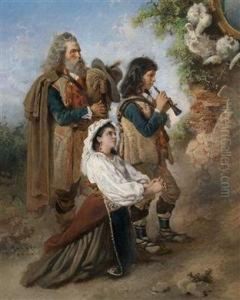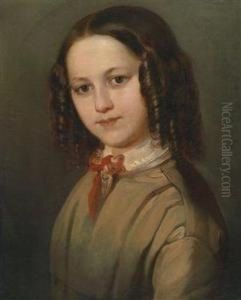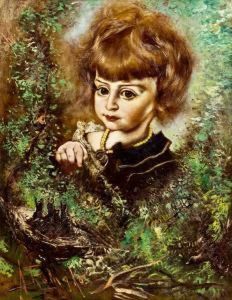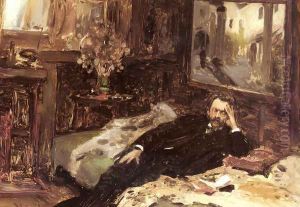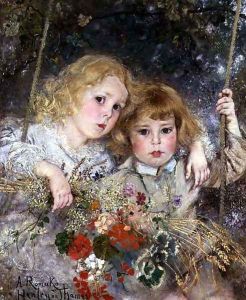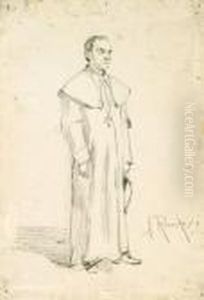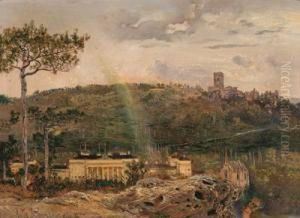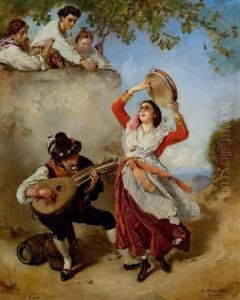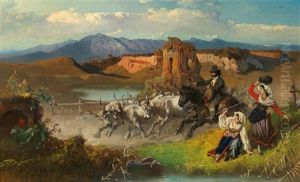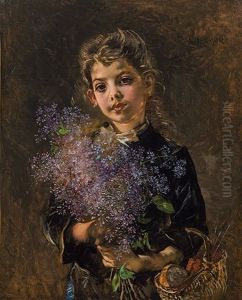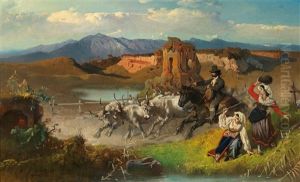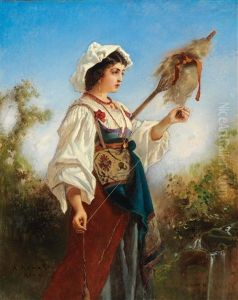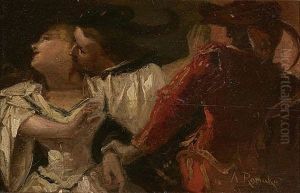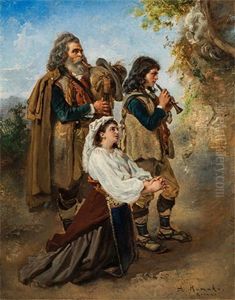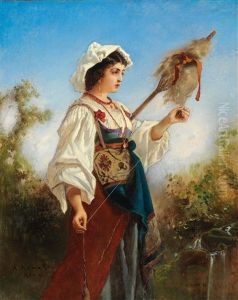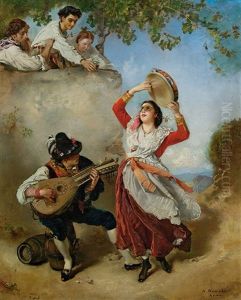Anton Romako Paintings
Anton Romako was an Austrian painter known for his contribution to the early phase of modern art in the country. He was born on October 20, 1832, in Atzgersdorf near Vienna, Austria. Romako began his artistic training at the Academy of Fine Arts Vienna in 1847, where he studied under the guidance of renowned painters such as Leopold Kupelwieser and Carl Rahl.
During the initial stages of his career, Romako followed the academic traditions of painting, but his style evolved significantly over time. He spent a considerable period studying and working in Italy, which was a common practice for many European artists seeking inspiration and exposure to the Italian masters.
In Rome, Romako became influenced by the Nazarene movement, a group of German artists who aimed to revive the spirituality and purity of medieval and early Renaissance art. However, Romako's work began to diverge from the Nazarene style as he developed a more individual and expressive approach. His paintings started to exhibit a rougher brushwork and a more dramatic use of color and light, which set him apart from his contemporaries.
One of Romako's most recognized works is 'Assault on the Children of Niobe,' which showcases his distinctive style characterized by emotional intensity and a departure from the polished finish of academic paintings. His subjects often included historical scenes, portraits, and naval battles, reflecting his interest in diverse themes.
Romako's work did not gain significant recognition during his lifetime, and he struggled financially. It was only after his death that his contribution to the modernization of Austrian art was fully appreciated. He is now considered a forerunner of Austrian modernism, paving the way for later artists who continued to break from traditional forms.
Anton Romako died on March 8, 1889, in Vienna, leaving behind a body of work that would influence the course of Austrian art. His legacy is celebrated for its boldness and innovation, and his paintings are held in high regard in museums and private collections.




